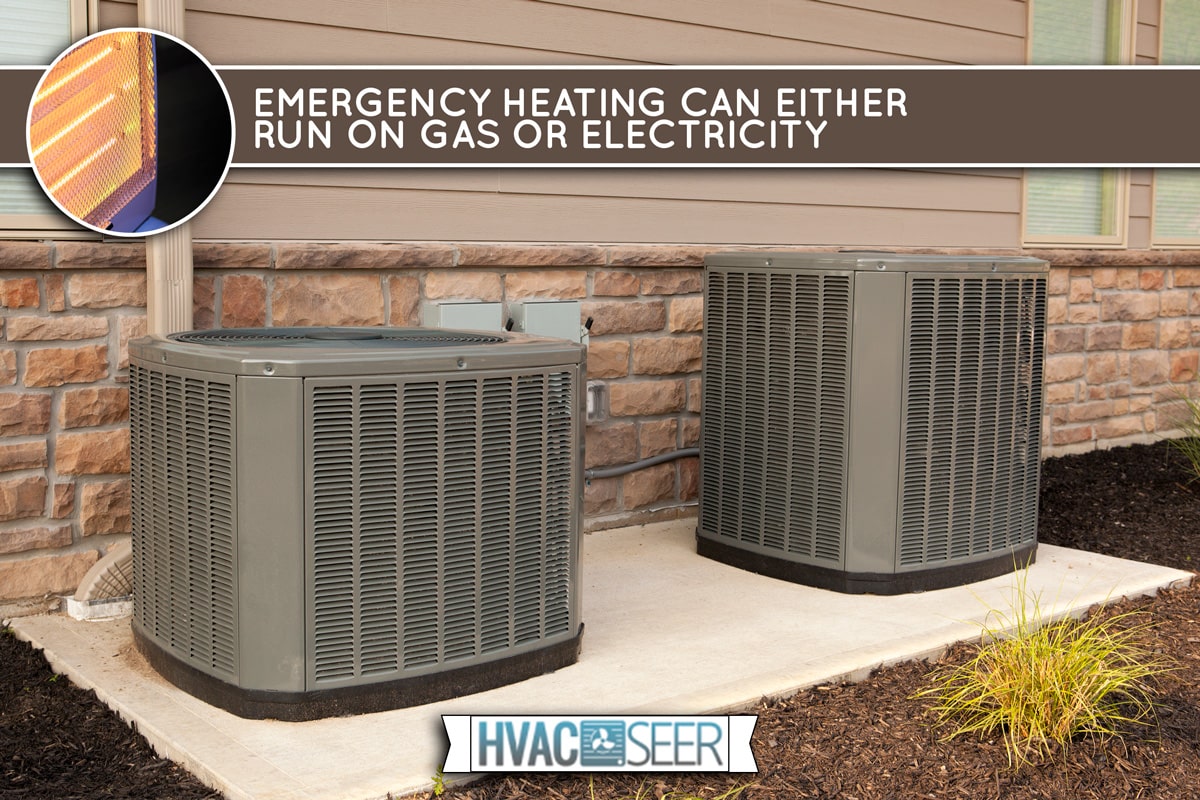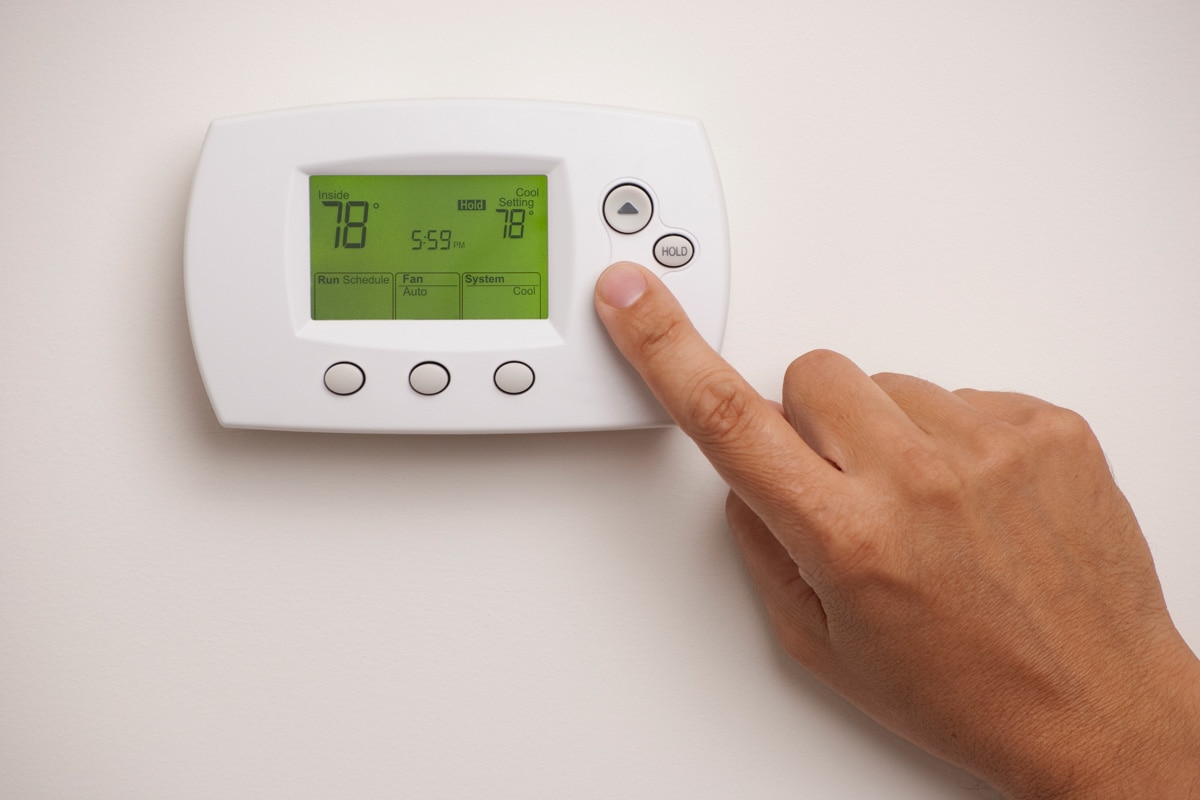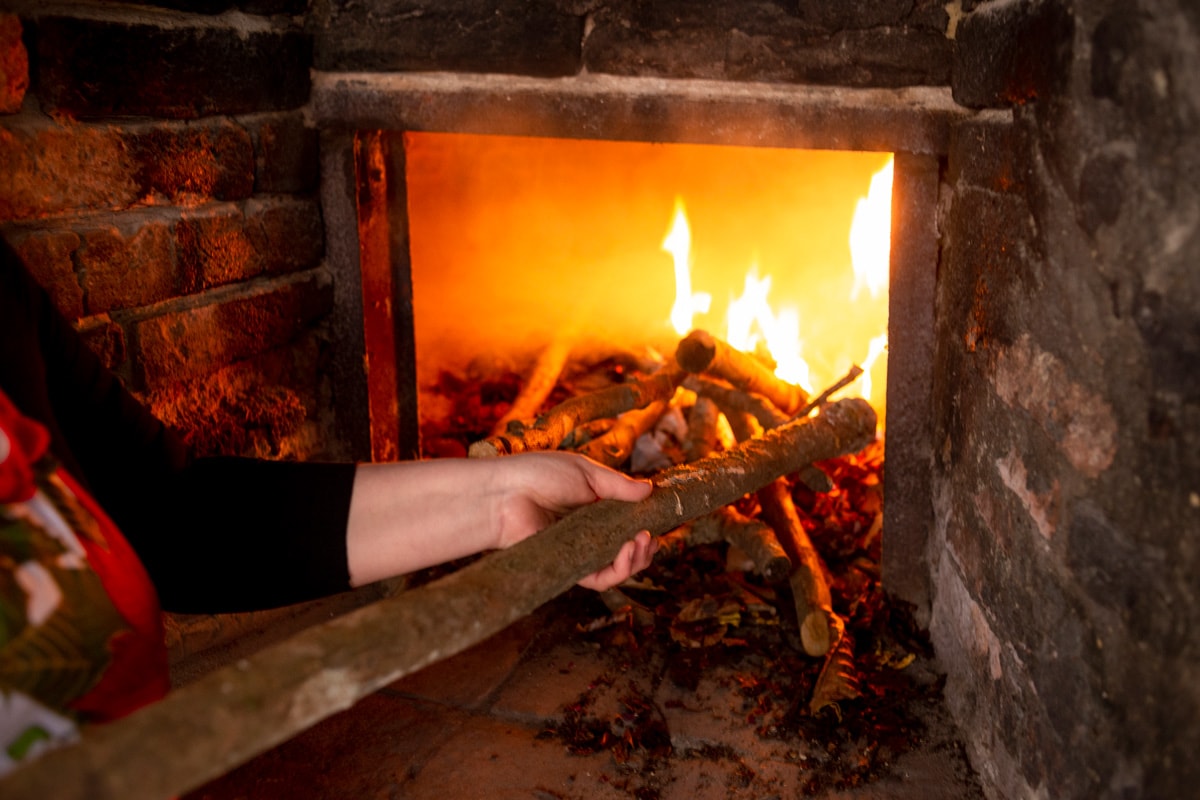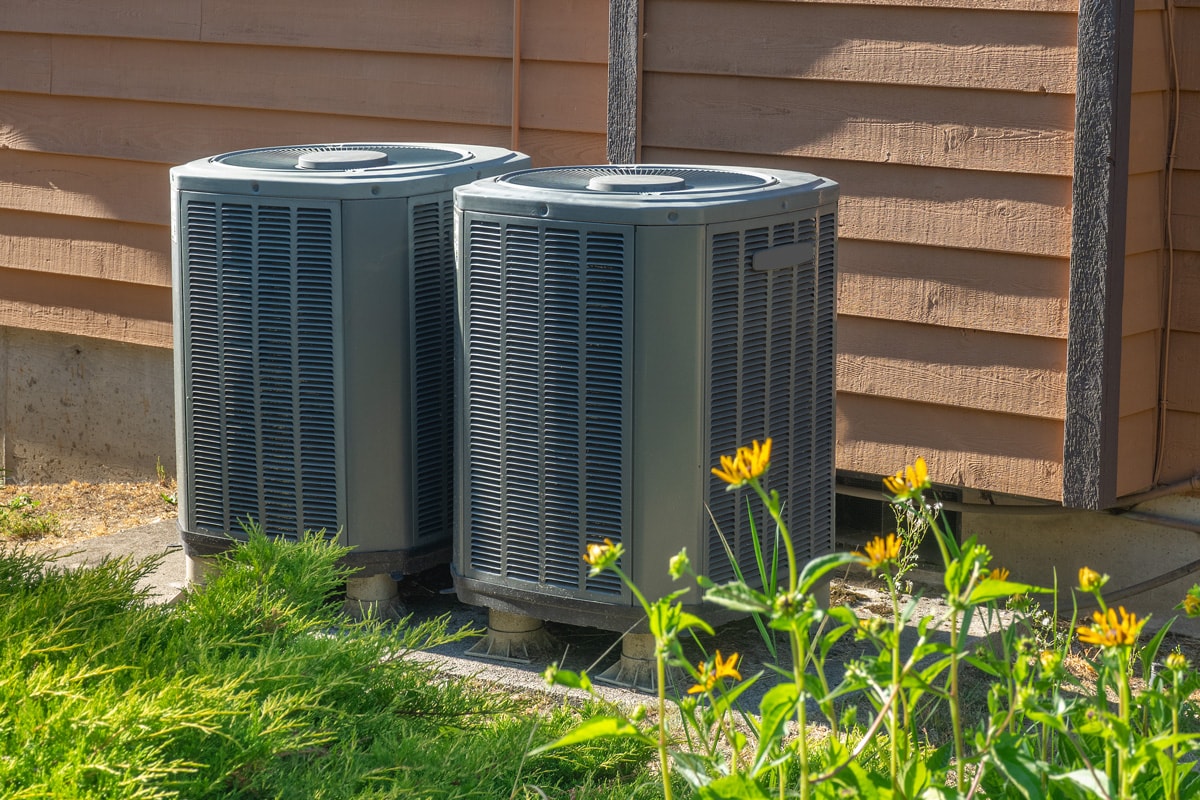Most heat pumps have a secondary heating system you can turn on during an emergency. You might be wondering where exactly this secondary system gets its heat. Look no further! We have done the research to provide all the information necessary for you to understand how an emergency heating system works.
Emergency heating can either run on gas or electricity. These two types are commonly used among households in regions that experience freezing climate temperatures. Other types of emergency heating systems can run on oil and hot water.
Enjoying the comfort of heating systems during the winter is all thanks to the primary heat source outside your home. But it's essential to be aware of its backup to be prepared, if the first system fails and you are stuck in the cold without a working primary heat source. Please continue reading as we discuss essential information about your backup heat source.

What Is An Emergency Heat Setting?
The EM heat on your thermostat's setting stands for 'Emergency Heat.' This setting can also be referred to as the 'secondary heat source' or the heating system's '2nd stage.' These labels are used interchangeably since they all come from the same heat source, but they have distinct differences that depend on their function in the heating system.
If the heating system turns on the EM heat setting, the primary source needs supplementary heat to maintain the warm temperature inside the home. This could be due to various reasons, like an ice sheet covering the condenser coils or below-freezing temperatures limiting the amount of warm air that your heating system can pump indoors.
It is important to note that your home's heating system autonomously decides whether it needs a backup heat source or not. If it does, it will automatically activate the secondary heat source, also labeled as the 'EM HEAT' on the thermostat's screen.
This setting does not mean that there is trouble inside the heating system. If it activated independently, your primary heat source needed assistance to keep the indoor temperature at your preferred level. This setting will operate for a while and will also automatically shut off when your primary heat source can run on its own again.
When Can I Turn On The Emergency Heat Setting?

If you manually turn the emergency heat setting on, it will force your primary system to shut down. This will leave the backup source to heat the entire home on its own. To avoid overworking the backup system, avoid turning it on if your primary heater is still working, even if the temperature is below 30 °F.
Only turn on the emergency heat setting if the primary heater has completely failed to operate and you are stuck in frigid temperatures without a proper heating system. Once you have activated backup heat, call for professional help to repair the primary heat pump, not to exhaust the backup heater, which can be costly when left on for long.
Are There Alternative Secondary Heat Sources?

Various methods can provide temporary warmth during cold seasons. The most common secondary heating source relies on electric heat, natural gas, and wood fireplaces. Below is a list of alternative heat sources you can choose from to help you keep warm during winter days.
- Wood-burning stoves
- Space Heaters
- Electric Blankets
- Solar Panels
- Fireplace
Ensure proper precautions when using alternative heat sources to warm your home. Wood-burning stoves emit smoke that can be harmful if there's prolonged exposure. Also, traditional fireplaces should not be left lit inside an unsupervised area.
Why Is My Heat Pump Blowing Cool Air?

If you noticed that your heat pump is blowing in cold air through the coils, check your outdoor condenser unit to see if the housing has frosted over. If ice has formed on the fins of the coils, your unit might have switched to defrost mode, which caused the cool air that you feel through the vents.
Defrost mode is causing your heater pump to produce cool air because your condenser unit has switched back into the cooling mode to heat itself and melt the ice that formed around the housing. Your heating system works by pulling the warm air from outside and transferring it into the room. To heat itself again, it will reverse its function and pull the warm air from inside to defrost itself outside during low temperatures.
If you see that the fan blade inside the condenser unit has stopped circulating and the machine is producing steam, it could mean that your condenser has switched to defrost mode. This will continue for a few minutes and switch back on after successfully defrosting.
Other Reasons Why Heat Pump Is Blowing Cool Air
Another explanation for why your heat pump is releasing cool air could be that it is not actually blowing cool air, but you feel it is. One way to verify if the coils are releasing cool air is to use a handheld thermometer.
Measure the room temperature once and then again half an hour later. If the temperature is above 90 °F, but below 98 °F, your house is warming, but it simply does not feel like it because the air the heat pump releases is below your body's average temperature.
However, if the room temperature was below 90 °F on the first measurement and then even lower on the next one, that is the time you switch your emergency heat setting on and call a technician to inspect the heater. It could be a serious issue that only a certified professional can handle.
How To Stay Warm Without Primary And Secondary Heat Source
During situations like a power outage during a winter storm, it's essential to be prepared with heat source supplies that do not rely on electricity or other materials that are not always available inside your home. Below is a list of tips you can follow to keep warm in times of emergency.
Buy A Power Generator

Power generators are the most common alternative energy source when electricity becomes unavailable. Have a transfer switch installed inside your home. A transfer switch will easily and safely accommodate a portable power generator in case of a blackout.
If you do not have a portable generator available, you can opt to purchase a recreational generator. Recreational generators are not meant to provide power to extensive areas, but they can produce enough wattage to power a small space heater or charge a cellphone.
Follow proper precautions when using a portable power generator. Do not run the machine inside enclosed spaces; always direct the exhaust away from your house.
Buy A Portable Propane Heater
Staying warm without a primary or secondary heat source can be done with portable propane heaters. This type of heater is specifically designed to provide heat indoors during an emergency as long as it is used with caution.
It would be best if you always placed a propane heater on dry, level ground where someone would not easily knock it down. Also, invest in a unit with a safety shut-off feature that will deactivate the device if it falls. This will prevent the chances of fire or fire-related injuries.
Propane heaters expel carbon monoxide that can cause severe damage to your health when inhaled in excess. Make sure that you allow a small opening in your windows when using this device to provide proper ventilation in the area. A portable propane heater should not be left running inside an unsupervised room, and it should be in a place beyond the reach of children and animals.
Keep Your Family In One Room
If no possible heating source is available to you during an emergency, gather all the residents of your household and stay in one room until the power is back on. The threat of hypothermia can affect anyone at any age, so it's best to stay together inside a space where the group can generate natural warmth using human body heat.
You can use tents and sleeping bags for added padding. Wear multiple layers of loose clothing instead of one thick layer, and avoid moving around too much in hopes of increasing body heat.
To Wrap Up
Emergency heat setting is essential to keep your home's primary heating system working. It can operate as an auxiliary heating source and your emergency heat source if your primary system fails.
In this article, we discussed the difference between the two possible statuses an emergency heat setting could mean and what you can do in case you need to turn it on manually. Make sure to follow the correct procedure before activating your primary system's emergency heat to preserve the quality of your heat pump and continue to use it for many more years.
Made it to the end? Check out some of our other related posts!
